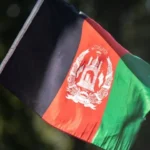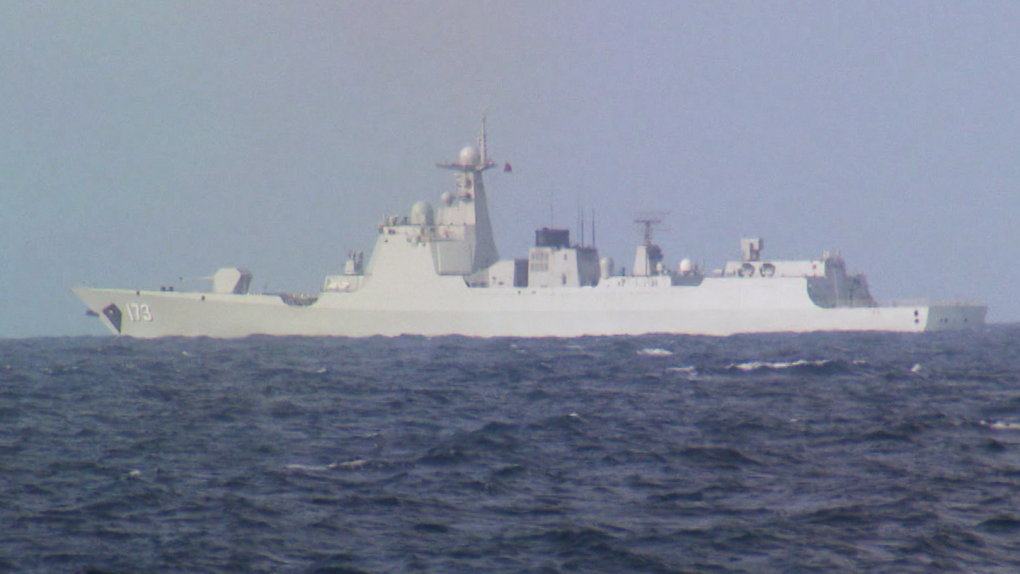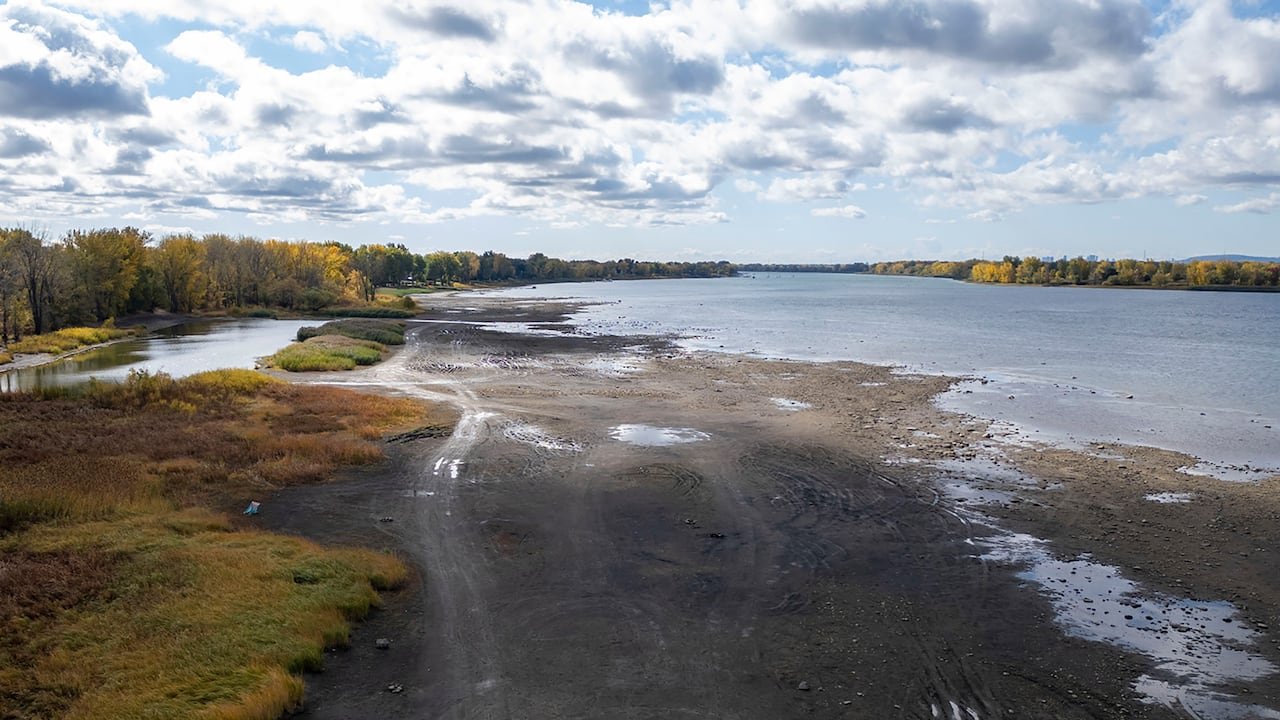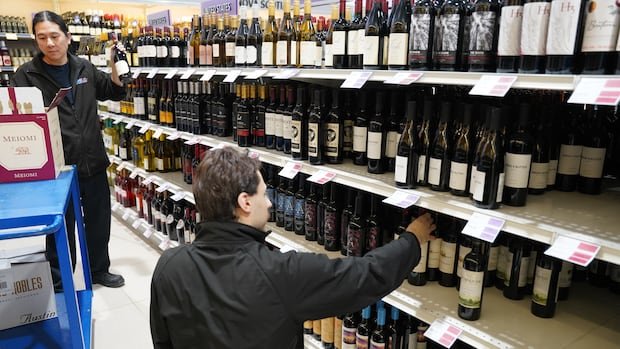CTV National News is aboard HMCS Ottawa, with correspondent Adrian Ghobrial embedded with Canadian Navy personnel and documenting their work in southern China, a region where China is increasingly flexing its maritime muscle. This is the third in a series of dispatches from the ship.
It’s day four at sea aboard HMCS Ottawa. As the Halifax-class frigate crosses into the South China Sea, a familiar presence begins to follow the Royal Canadian Navy.
At first one, then two People’s Liberation Army Navy ships began following HMCS Ottawa shortly after midnight.
The silhouettes of a massive Chinese Navy destroyer named “Changsha” and a warship named “Yuncheng” can be seen floating on the horizon, mirroring the movements of HMCS Ottawa.
The imminent presence of the Chinese Navy is no surprise. Over the past decade, Beijing has built landing strips on reefs in the South China Sea and militarized nearby islands with radar systems and cruise missiles.
There is a lot at stake. A third of all global shipping passes through these waters. Beneath the seabed, there are said to be reserves of at least 11 billion barrels of untapped oil.
China has claimed ownership of almost the entire South China Sea, even though an international court in 2016 ruled its claim invalid.
On this day, HMCS Ottawa passes near an area known as Scarbrough Shoal, both China and the Philippines have claimed the Shoal, which lies within the Philippines’ exclusive economic zone (EEZ).
As HMCS Ottawa approaches the equator, the temperature increases at the same rate as the stress now manifesting in the open sea.
Before lunchtime, navigation officer Lt. Travis Verbeek and the Ottawa crew spot a Chinese Coast Guard ship that appears to be approaching a Philippine Coast Guard ship.
This unfolds as two Chinese Navy ships continue to shadow HMCS Ottawa. The Philippine coast guard ship then makes an open radio call, demanding that the Chinese Navy notify them of their intentions – after all, this is internationally recognized as being within the Philippines’ EEZ.
Verbeek gives CTV National News a detailed analysis. Say: “The Philippine coast guard ship called the Chinese warships PLA 571 and reminded them of their obligations under the United Nations Convention on the Law of the Sea, reminded them that they are signatories to this convention and asked them to clarify their intentions within Philippine waters.”
The calls receive no response from the Chinese Navy. In recent months there has been an escalation in clashes between the Chinese and Philippine coast guards, ranging from fights with axes and knives at sea. Water cannons have also been deployed and the Philippines has blamed Chinese ships for ramming its vessels.
The heightened tension is one of the reasons HMCS Ottawa is here on an operation to promote rules-based order in open waters.









